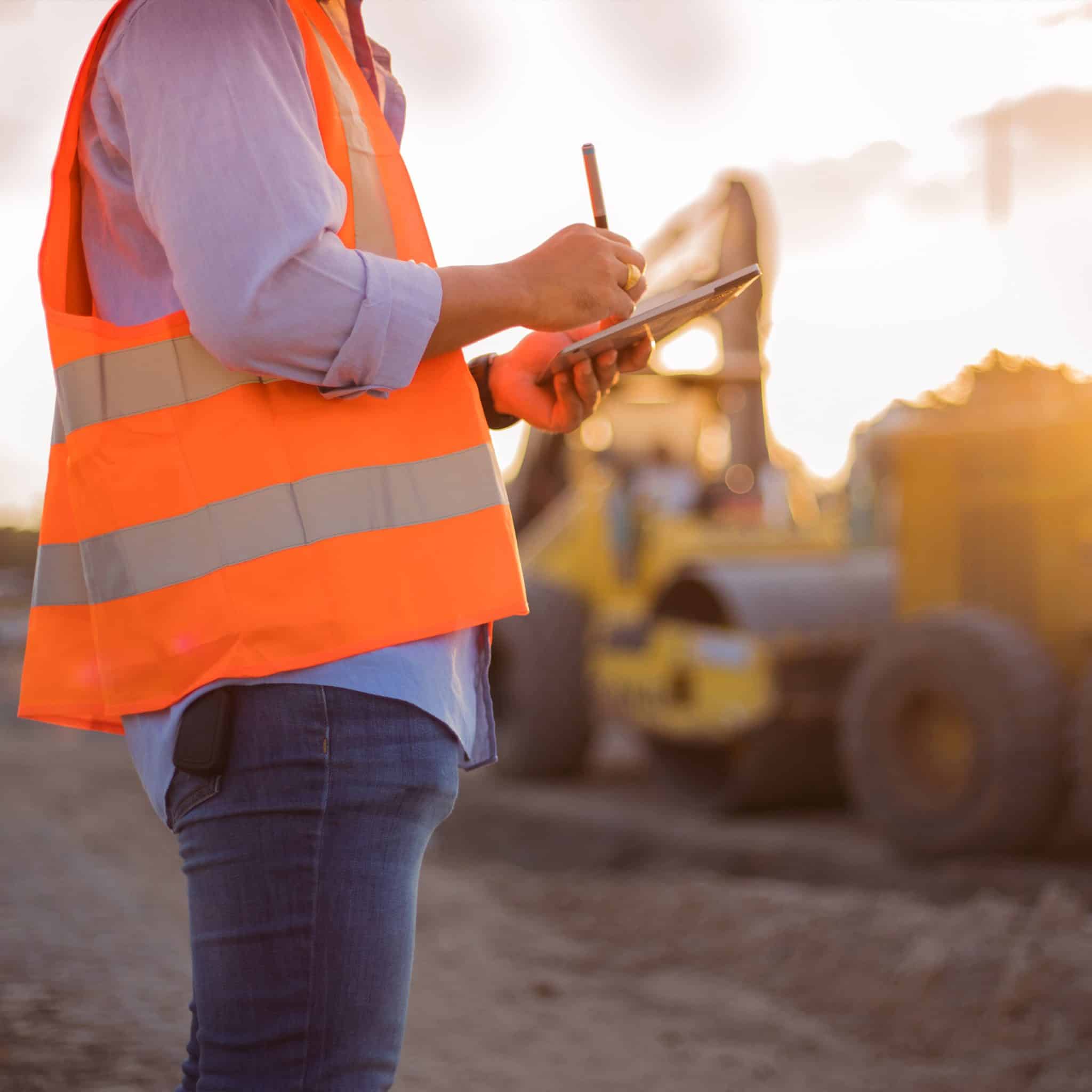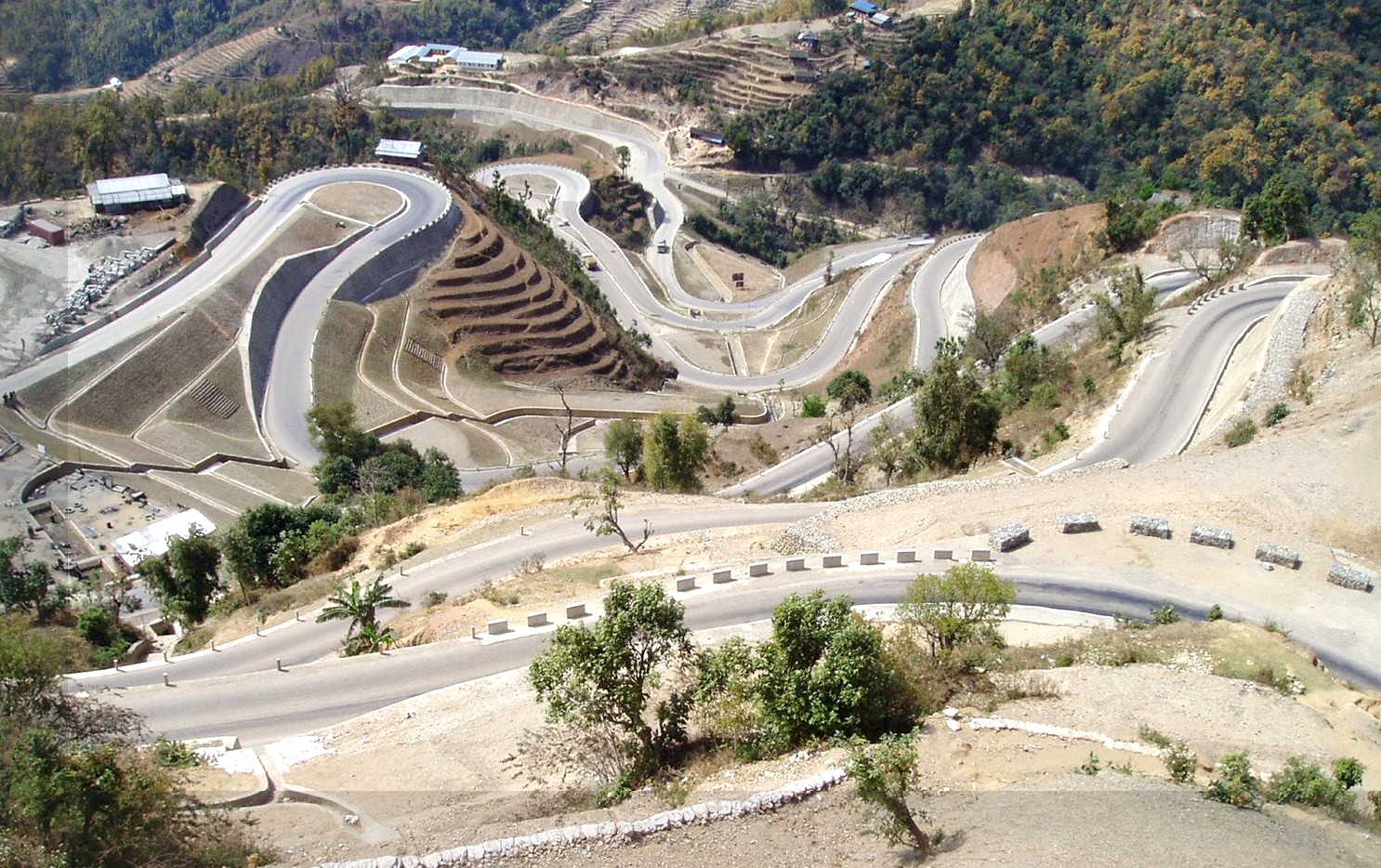Exactly How a Knowledgeable Tailings Engineer Can Optimize Your Mining Procedures
Wiki Article
Exploring the Innovative Methods and Technologies Shaping the Future of the Geotechnical Industry for Sustainable Engineering Solutions
The geotechnical market is going through a transformative shift, driven by innovative techniques and innovations that highlight lasting design options. Advanced soil stabilization methods, the usage of smart materials, and the application of data analytics are redefining how we come close to infrastructure difficulties.Advanced Soil Stablizing Strategies
Soil stabilization is a crucial process in geotechnical engineering, targeted at improving the physical buildings of dirt to boost its load-bearing ability and longevity. Advanced dirt stabilization strategies play an essential duty in resolving difficulties related to weak or unstable soils, thus allowing risk-free and effective building and construction practices.Among the noticeable techniques, chemical stablizing includes making use of additives such as lime, cement, or fly ash, which react with soil fragments to form an extra cohesive mass. This technique is specifically effective in enhancing the toughness and moisture resistance of expansive clay soils. Mechanical stablizing, on the various other hand, involves the physical modification of dirt properties via compaction or the incorporation of granular materials, bring about improved density and stability.
An additional innovative method is the usage of geosynthetics, which offer reinforcement and decrease dirt erosion while enhancing drain. Strategies like dirt blending and deep dirt stablizing are also acquiring traction, permitting in-situ therapy of problematic soils. Collectively, these sophisticated techniques not only enhance the efficiency of dirt frameworks yet additionally add to sustainable engineering techniques by minimizing the requirement for considerable excavation and product transportation.
Smart Products in Geotechnics
Development is at the leading edge of geotechnical engineering, especially with the consolidation of wise materials that enhance the performance and functionality of soil frameworks. Smart products, such as form memory alloys, piezoelectric products, and self-healing polymers, are reinventing the method engineers approach dirt stabilization and framework durability (tailings engineer). These materials can adjust to transforming environmental conditions, react to stress, and also fix themselves, significantly enhancing the durability of geotechnical systemsAs an example, piezoelectric products can produce electric costs in reaction to mechanical anxiety, providing potential for real-time surveillance of dirt conditions and structural stability. In a similar way, self-healing materials can autonomously repair damages and splits, minimizing maintenance prices and prolonging the life-span of geotechnical possessions. The combination of these smart materials not just boosts the mechanical residential properties of soil however also contributes to lasting design methods by decreasing resource consumption and environmental effect.
As the geotechnical sector proceeds to advance, the adoption of wise materials will play an important role in establishing ingenious solutions, making sure that infrastructures are not just durable yet also adaptable to future challenges. This transformative strategy is poised to redefine the requirements of security and efficiency in geotechnical design.
Data Analytics for Framework
The integration of wise materials in geotechnical design has actually led the way for advanced methods, specifically in the world of information analytics for facilities. This innovative technique leverages considerable information collection and logical techniques to enhance decision-making procedures throughout the infrastructure lifecycle. By using sensors embedded in wise materials, designers can continually check crucial criteria such as dirt security, moisture levels, and structural integrity.Information analytics makes it possible for the makeover of raw information into actionable insights, permitting predictive upkeep and enhanced danger management. Advanced algorithms and machine understanding strategies help with the identification of patterns and anomalies, which can notify timely treatments and optimize resource allocation. Furthermore, integrating geographic info systems (GIS) improves spatial analysis, more enriching the decision-making structure.
By utilizing the power of data analytics, the geotechnical sector is positioned to not just boost current methods however additionally pioneer ingenious remedies for future infrastructure difficulties. This harmony of modern technology and engineering concepts will certainly specify the future of lasting infrastructure growth.
.webp)
Sustainable Ground Enhancement Approaches
Various sustainable ground improvement techniques are becoming crucial solutions to deal with the difficulties of geotechnical design while decreasing ecological influence. These approaches not only enhance soil performance but also advertise ecological stewardship by minimizing reliance on standard, a lot more intrusive strategies.
One more Related Site innovative approach is the application of geosynthetics, that includes eco-friendly materials that reinforce dirt while promoting drainage and erosion control - geotechnical engineers. This reduces the demand for hefty machinery and reduces website disruption, thus maintaining regional ecological communities
In enhancement, techniques such as vibrant compaction and vibro-replacement have evolved to include sustainable practices, including recycled products and reducing carbon footprints. These approaches exemplify the sector's shift in the direction of more eco accountable solutions, ensuring that ground renovation not only satisfies design demands but likewise adds positively to the surrounding setting.
Developments in Ecological Tracking
Over the last few years, improvements in ecological monitoring have dramatically enhanced the capacity to assess and handle geotechnical tasks with minimal environmental interruption. Cutting-edge modern technologies, such as remote picking up, Net of Things (IoT) devices, and real-time information analytics, are transforming exactly how environmental impacts are measured and mitigated.Remote sensing technologies, consisting of satellite imagery and airborne LiDAR, promote the quick evaluation of land usage adjustments and environmental problems - tailings engineer. These devices enable continual tracking of websites, making it possible for designers to determine possible concerns prior to they escalate. Additionally, IoT gadgets, equipped with sensing units for criteria like dirt gas, temperature, and wetness emissions, offer real-time information streams that boost the understanding of site-specific ecological variables
Real-time information analytics better fine-tune decision-making processes by incorporating data from different sources, permitting proactive administration methods. This all natural strategy not just guarantees conformity with environmental policies yet also advertises lasting practices within the geotechnical industry.
As these technologies remain to advance, they hold the prospective to bridge the space between design objectives and ecological stewardship, promoting a much more sustainable future for geotechnical tasks worldwide.
Verdict
In conclusion, the geotechnical market is undergoing a transformative evolution driven by innovative techniques and innovations that prioritize sustainability. Advanced dirt stablizing techniques, the assimilation of smart materials, and the application of data analytics jointly improve the resilience and effectiveness of infrastructure. Sustainable ground renovation approaches and innovations in ecological surveillance underscore the market's commitment to environmental stewardship. These innovations not only address contemporary engineering difficulties yet additionally lead the way for a more sustainable future in geotechnical techniques.Methods like dirt blending and deep soil stablizing are likewise gaining grip, allowing for in-situ therapy of bothersome soils. Jointly, these innovative methods not only improve the performance of soil structures however additionally contribute to lasting design methods by minimizing the requirement for extensive excavation and product transportation.

Report this wiki page